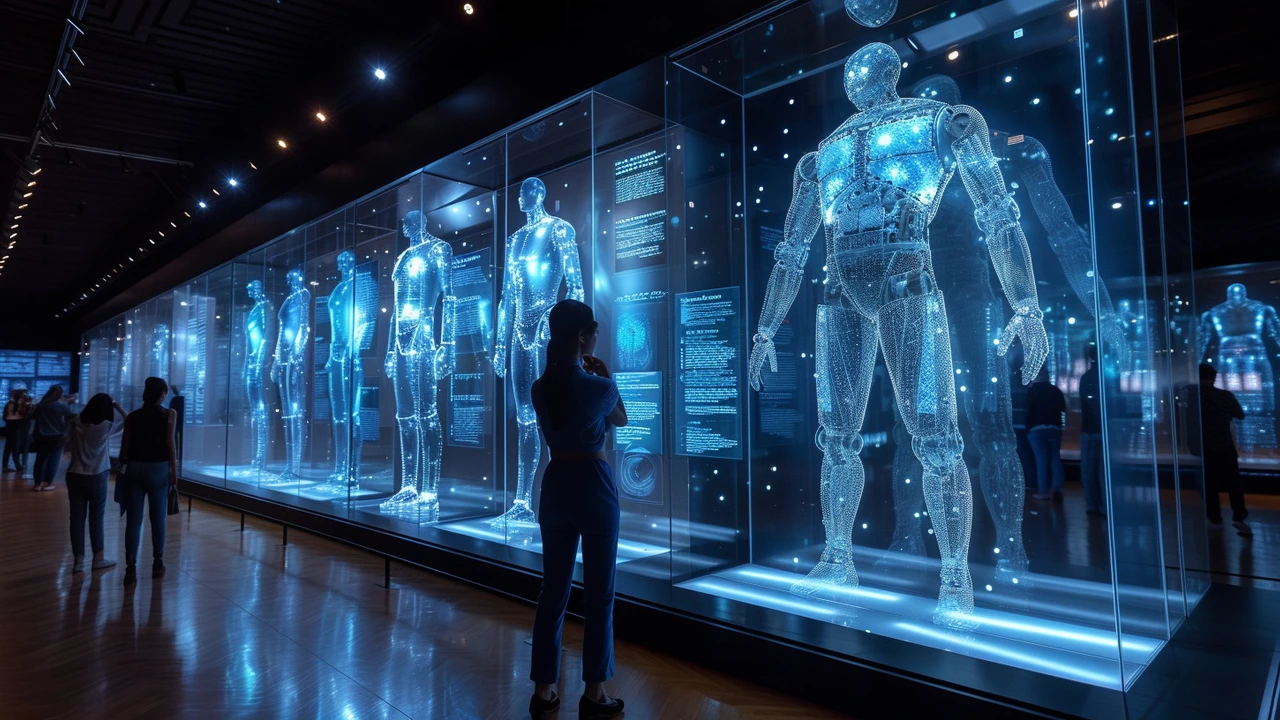Future Innovations: How Art, Design and Tech Shape Tomorrow
Imagine a mural that reacts to weather, furniture that adapts to your routine, or a city plaza that doubles as a living art piece. That’s what the "Future Innovations" tag collects: clear examples of how art, design, and technology push everyday life forward.
This page groups articles that show practical ways creative ideas move from studios into streets, homes, and screens. You’ll find pieces on futurism in cities and gaming, Bauhaus and Constructivism influencing modern products, photorealism techniques, installation art that transforms public space, and more. Each post gives real-world examples and ideas you can try or study.
Trends to Watch
Start with tech-driven craft. AI and VR aren’t just tools for flashy demos; they change how artists sketch, how designers test furniture, and how museums stage shows. Read about futurism and the future of gaming to see how immersive tech reshapes storytelling and interaction.
Second, public space is getting creative. Land art and installation art now inform parks and plazas—think sculptures that store rainwater or paths that guide light at night. These projects make cities safer and more interesting while solving practical problems.
Third, old ideas return with new uses. Bauhaus principles—function, simplicity, craft—keep reappearing in product design and interfaces. Constructivism and De Stijl influence bold branding and clean layouts. That mix of past and future often leads to smarter, longer-lasting design.
Finally, realism and craft keep evolving. Photorealism and hyperreal techniques teach precision and observation useful in digital rendering, game art, and fine art alike. Learning those skills boosts both technical work and creative problem solving.
How to Use These Ideas Today
If you’re an artist: pair a classic technique with a new tool. Try photorealism studies using a tablet and AI reference tools, then add an installation element so viewers can interact with the work.
If you design spaces: borrow land-art tactics for small gardens or public corridors—use native plants, simple earth forms, and lighting to shape experience without high cost.
If you work in tech or games: use futurism articles to plan features that change based on user behavior. Test a small VR scene that reacts to player choices and measure engagement before scaling up.
If you decorate your home: mix Bauhaus pieces with a single avant-garde object to create a modern but lively room. You don’t need a full overhaul—swap one lamp or rug to reset the vibe.
Want a next step? Pick one article below that sparks you, try one small experiment this week, and note what changed. Small tests teach faster than big plans, and many of these posts include practical tips you can copy or adapt.
Explore titles like 'Futurism’s Impact on Smart Cities', 'Bauhaus Modernism', 'Photorealism Art', and 'Installation Art' to get hands-on ideas. Bookmark a few that fit your projects, and try one change this month — a small prototype, a staged photo, or a public sketch. Keep notes on reactions and adjust. That feedback loop turns experimental ideas into real improvements. Start with one small step today, now.

